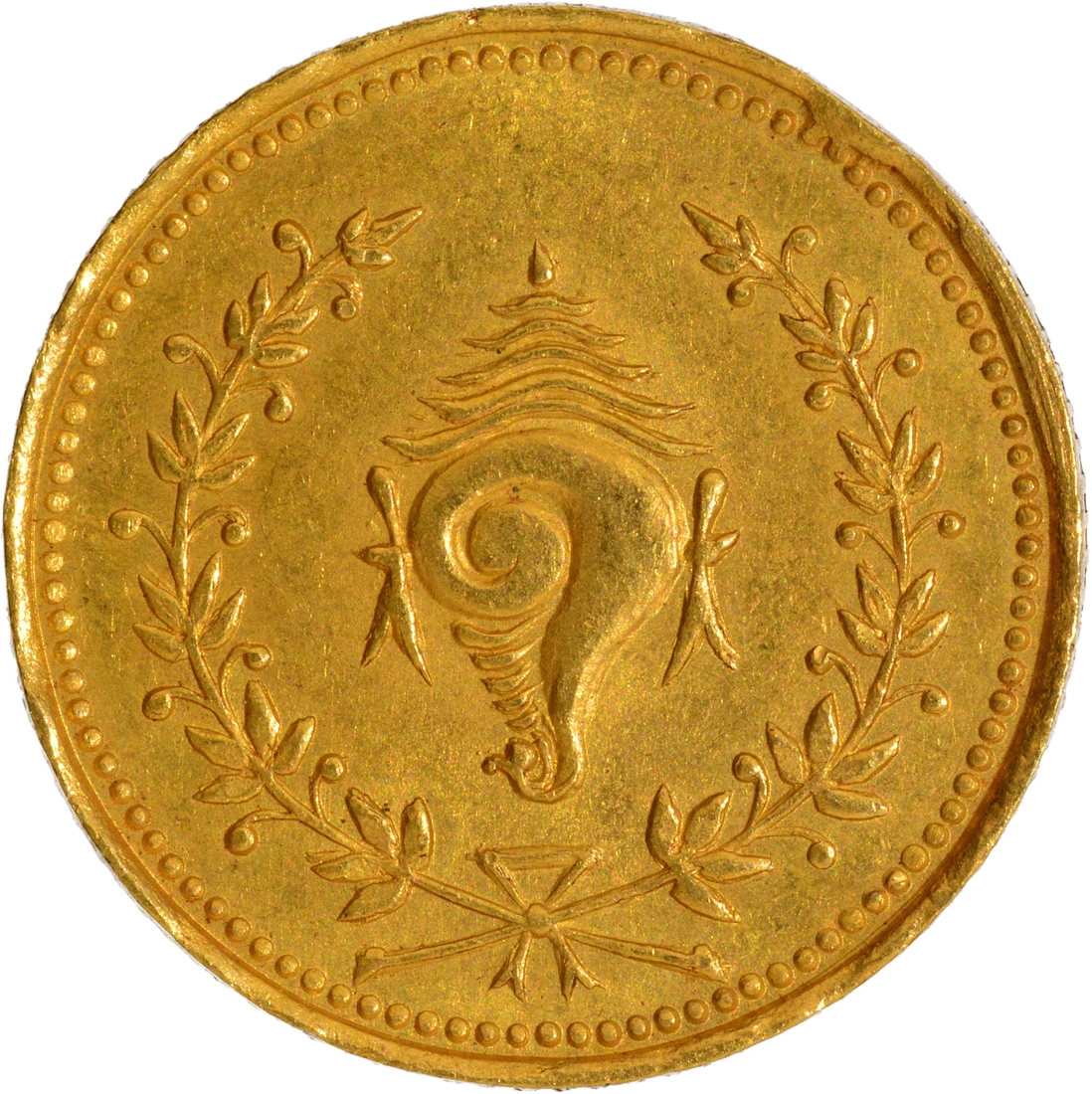 The definitive airline schedules database which delivers solutions to help airlines and airports and related companies drive development and performance. Nevertheless it was still the fastest approach to get from London to Singapore in the Thirties, even accounting for the fairly frequent incidence of emergency landings. Eight days of travel was practically gentle pace, but the airlines would try to play up the sense of adventure while also attempting to assure passengers that their every need could be met.\n\nThis was quite a balancing act that may continue until Jet Set luxury (no unpleasantness essential) grew to become the futuristic dream after World Warfare II. Owing to its geographical location, Cairo grew to become one of the busiest airports on the planet, and all Imperial Airways aircraft, whether destined for Europe, Africa, or Asia, converged on the Egyptian capital.\n\nFinally, after more than a decade of pissed off hopes, Imperial Airways, the ‘chosen instrument’ of British air imperialism, was linking Cairo to Cape Town, the twin citadels of British power and presence in Africa. In it, we see the unbelievable reach that Imperial had attained by the tip of the Thirties.\n\nImperial Airways appealed to the patron who desired essentially the most luxurious approach to travel. Beneath the somewhat roomy sleeping accommodations for passengers on Imperial Airways international flights. By 1938, Imperial Airways had a network of about 25,000 miles touching practically every corner of Britain’s vast empire.
The definitive airline schedules database which delivers solutions to help airlines and airports and related companies drive development and performance. Nevertheless it was still the fastest approach to get from London to Singapore in the Thirties, even accounting for the fairly frequent incidence of emergency landings. Eight days of travel was practically gentle pace, but the airlines would try to play up the sense of adventure while also attempting to assure passengers that their every need could be met.\n\nThis was quite a balancing act that may continue until Jet Set luxury (no unpleasantness essential) grew to become the futuristic dream after World Warfare II. Owing to its geographical location, Cairo grew to become one of the busiest airports on the planet, and all Imperial Airways aircraft, whether destined for Europe, Africa, or Asia, converged on the Egyptian capital.\n\nFinally, after more than a decade of pissed off hopes, Imperial Airways, the ‘chosen instrument’ of British air imperialism, was linking Cairo to Cape Town, the twin citadels of British power and presence in Africa. In it, we see the unbelievable reach that Imperial had attained by the tip of the Thirties.\n\nImperial Airways appealed to the patron who desired essentially the most luxurious approach to travel. Beneath the somewhat roomy sleeping accommodations for passengers on Imperial Airways international flights. By 1938, Imperial Airways had a network of about 25,000 miles touching practically every corner of Britain’s vast empire. \n\nAnd as Gordon Pirie notes in his 2004 paper about British air travel, by the start of World Warfare II, empire routes on Imperial Airways (as opposed to inside air routes) accounted for 90 p.c of its miles. With the onset of World Warfare II, flying the rich and famous all over the world was now not fitting with the country’s mission.
\n\nAnd as Gordon Pirie notes in his 2004 paper about British air travel, by the start of World Warfare II, empire routes on Imperial Airways (as opposed to inside air routes) accounted for 90 p.c of its miles. With the onset of World Warfare II, flying the rich and famous all over the world was now not fitting with the country’s mission.
Guide Domestic Air Travel
Related Posts
Java and Lombok Unveiled Nature’s Spectacular Beauty
Exploring Java’s Natural Treasures Java, an island in Indonesia, is renowned for its natural beauty that captivates travelers from around the world. From lush rainforests to majestic volcanoes, Java’s landscape…
Discover Your Nearest Breakfast Spot for a Delicious Morning
Exploring Your Local Breakfast Scene Morning Rituals In the hustle and bustle of daily life, finding that perfect spot for breakfast can be a delightful ritual. Whether it’s grabbing a…








